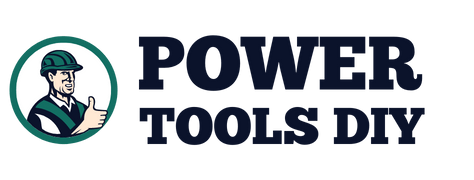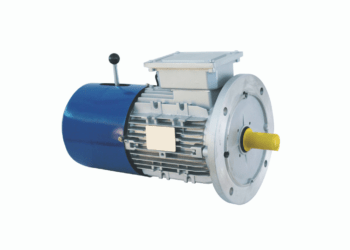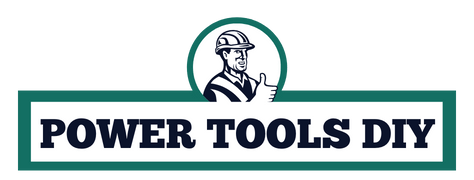As a power tool expert, I can confidently say that safety is of utmost importance when it comes to power tool usage. Power tools can be dangerous if not used correctly, and accidents can cause serious injury or even death. In this article, we will discuss some important power tool safety tips that you should follow to ensure a safe and accident-free work environment.
Power tools are essential tools for many industries, including construction, manufacturing, and maintenance. They can increase productivity and efficiency, but they can also be dangerous if not used properly. There are about 400,000 emergency happens every year due to hand and finger injuries from power tools.
Specific Power Tool Safety Tips
Different power tools have different safety risks and precautions. Here are some specific tips for common power tools:
Circular Saw
- Use a blade guard and a riving knife or splitter.
- Adjust the depth of the blade so that it extends only 1/4 inch below the workpiece.
- Use a push stick or block to keep your hands away from the blade.
- Hold the saw with both hands and keep your fingers away from the trigger when not cutting.
- Don’t reach over the saw blade or try to cut small pieces.
Drill
- Use a chuck key or keyless chuck to tighten the drill bit securely.
- Keep your hands away from the drill bit and chuck when the drill is running.
- Use a clamp or vise to secure the workpiece.
- Don’t wear loose clothing or jewelry that could get caught in the drill.
Grinder
- Use a wheel guard and a face shield or goggles.
- Use the right type of wheel for the job, and replace a damaged or worn wheel immediately.
- Hold the grinder with both hands, and keep your hands and fingers away from the moving parts.
- Don’t use the side of the wheel to grind, and don’t apply too much pressure.
Nail Gun
- Use a sequential trigger instead of a contact trigger.
- Hold the gun with both hands, and keep your hands and fingers away from the front of the gun.
- Don’t point the gun at anyone, and don’t rest the gun on your body.
- Use the right type and size of nails for the job, and don’t reuse or bend nails.
General Power Tool Safety Tips
- Before using any power tool, make sure to read and understand the user manual and warning labels. Follow these general safety tips:
- Wear appropriate personal protective equipment (PPE), such as safety glasses, gloves, and hearing protection.
- Keep the work area clean and free of clutter, and use a non-slip mat or floor surface.
- Inspect the tool and its accessories before each use, and replace any damaged or worn parts.
- Use the right tool for the job, and use it in the right way. Don’t force a tool to do something it’s not designed for.
- Use a three-pronged plug and a grounded outlet, and avoid using extension cords if possible.
- Don’t operate power tools if you’re tired, under the influence of drugs or alcohol, or distracted.
Essential Power Tool Safety Tips
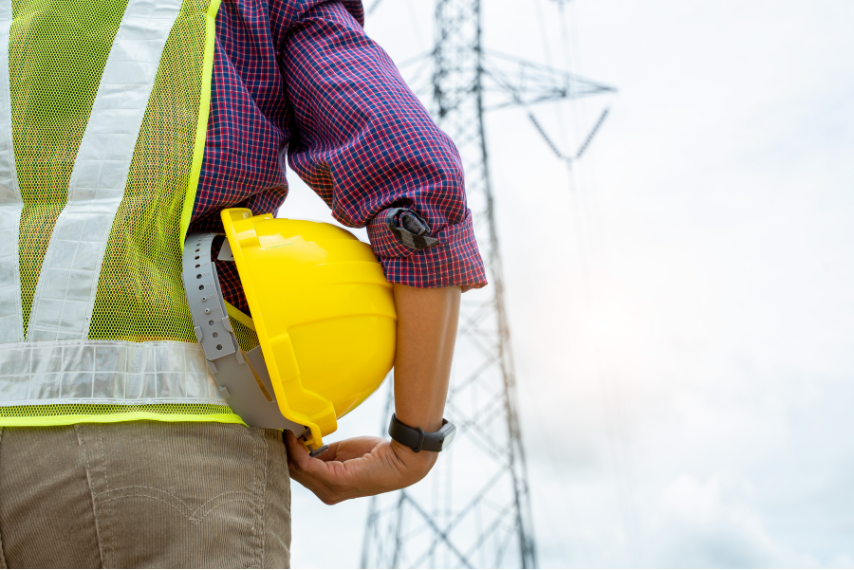
Wear the right safety gear
The first and most important safety tip is to wear the right safety gear. This includes safety goggles, gloves, earplugs, and a dust mask. Safety goggles protect your eyes from flying debris, while gloves protect your hands from sharp objects and moving parts. Earplugs protect your ears from loud noises, and a dust mask prevents inhalation of harmful particles.
Read the instructions

Before using any power tool, read the instructions carefully. The instructions will provide you with important safety information, as well as guidance on how to properly use the tool. Failure to read the instructions can result in injury or damage to the tool.
Inspect the tool before use
Before using any power tool, inspect it carefully to ensure that it is in good working condition. Check for loose or damaged parts, and make sure that all safety guards and shields are in place. If you notice any issues, do not use the tool and have it repaired or replaced.
Use the right tool for the job
Using the right tool for the job is crucial for safety. Using the wrong tool can result in injury or damage to the tool. Make sure to use the appropriate tool for the task at hand.
Keep the work area clean
A clean work area is essential for safety. Remove any clutter or debris that could cause you to trip or fall. Make sure that the area is well-lit, and keep children and pets away from the work area.
Use the tool properly
Using the tool properly is key to safety. Make sure that you hold the tool correctly, and never use it in a way that it was not intended for. Keep your fingers away from moving parts, and do not force the tool beyond its limits.
Unplug the tool when not in use
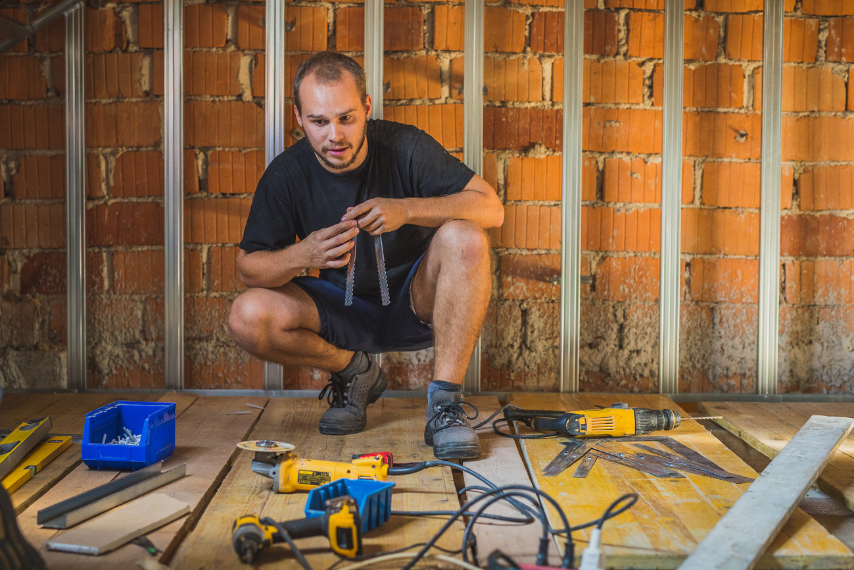
When you are finished using a power tool, unplug it from the power source. This prevents accidental start-up, which can be dangerous. Additionally, store the tool in a safe and secure location, out of the reach of children and pets.
Also Read: Do it Yourself Power Tools with the motor
Also Read: Download Power Tools Safety Tips
Get proper training
If you are new to power tool usage, it is important to get proper training. Many community centers offer classes on power tool safety, or you can consult a professional for guidance. Proper training can help you avoid accidents and ensure that you are using the tool correctly.
In conclusion, power tool safety is crucial for avoiding accidents and ensuring a safe work environment. By following these important safety tips, you can reduce your risk of injury and enjoy your power tools safely and effectively. Remember to wear the right safety gear, read the instructions, inspect the tool before use, use the right tool for the job, keep the work area clean, use the tool properly, unplug the tool when not in use, and get proper training. Remember to always prioritize safety and to report any unsafe conditions or incidents to your supervisor. Stay safe, and happy tooling!
